
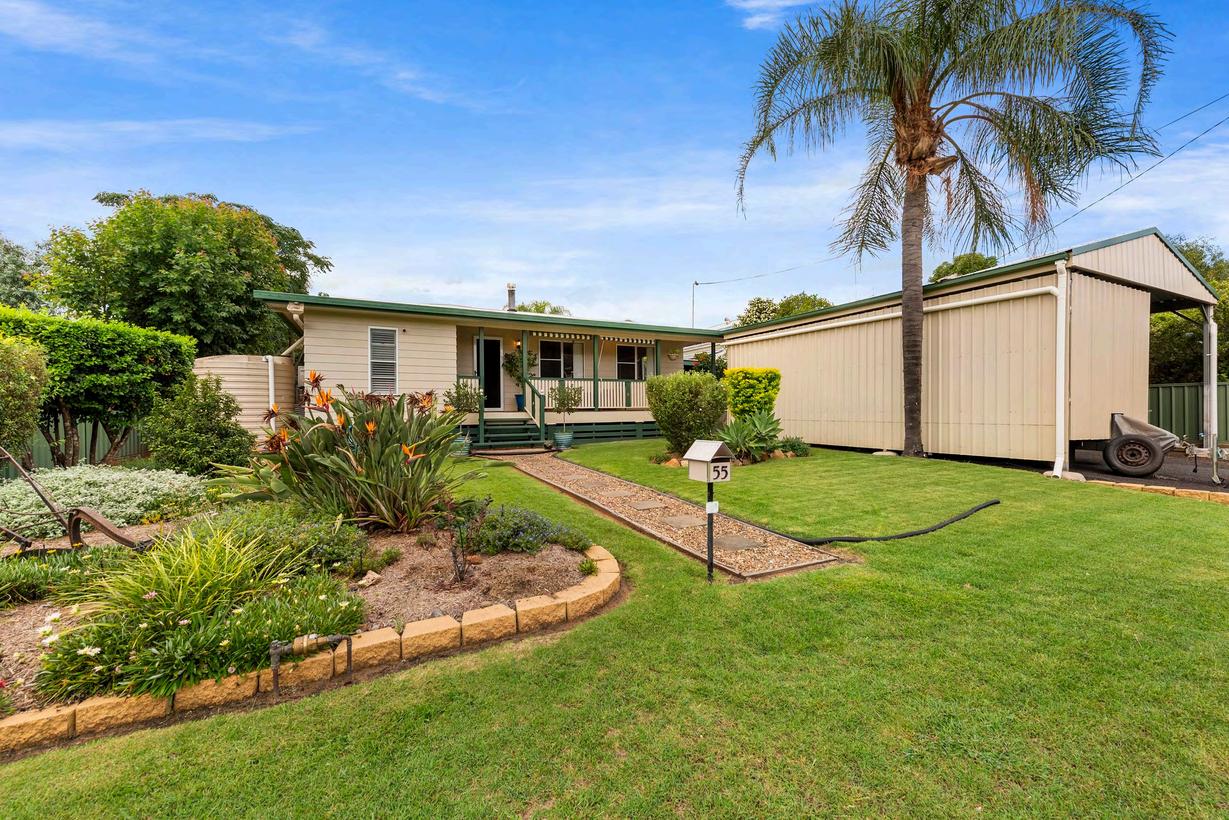







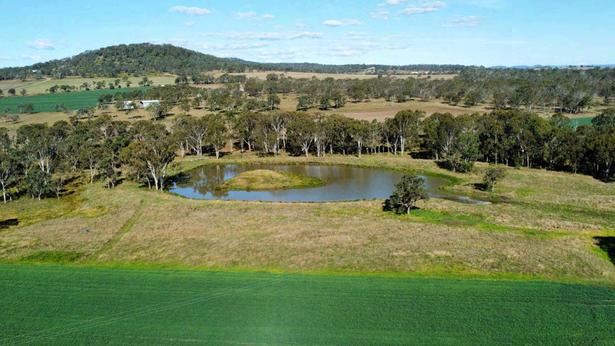
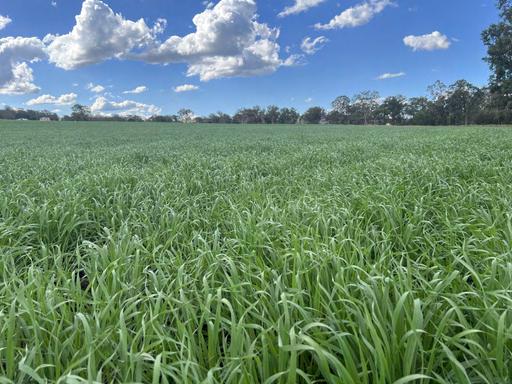




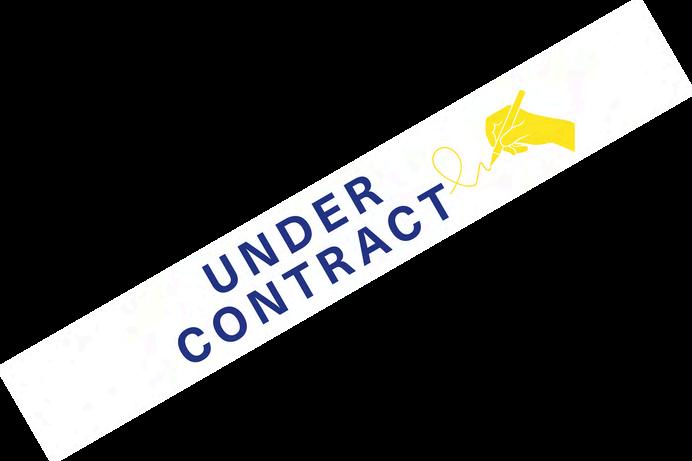



Sausage Ragu with Pappardelle Pasta
INGREDIENTS:
2 tbsp olive oil
1 small onion, finely chopped
3 garlic cloves, finely minced
1 carrot, peeled and grated using a box grater
2 celery stalks, grated using a box grater
1 tsp fennel seeds
350g pork sausages, meat removed from casings
350g beef sausages, meat removed from casings
2 tbsp tomato paste
1 cup pinot noir red wine
1 cup chicken stock/broth, low sodium
400g can crushed tomato
3 thyme sprigs (or 1/2 tsp dried)
2 bay leaves
1/2 tsp cooking salt/kosher salt
1/2 tsp black pepper
1/4 tsp chilli flakes (red pepper flakes), optional (for hint of heat)
500g pappardelle pasta
Parmesan to serve
INSTRUCTIONS:
1 Preheat oven to 180°C (160°C fan-forced)

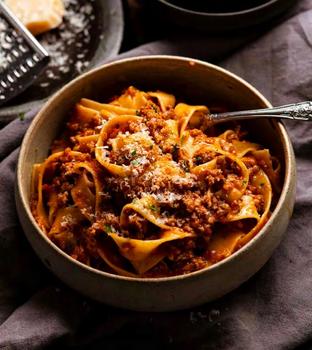
2. Heat oil in a large heavy based pot (with a lid) over medium heat. Add the onion, garlic, carrot, celery and fennel seeds. Cook for 8 minutes until the carrot is soft and sweet, but not golden
3. Cook sausage, breaking it up as you go
4. Once the meat is no longer pink, add the tomato paste. Cook for 1 minute. Add the wine and let it simmer rapidly for 2 minutes until reduced by half, stirring regularly
5. Slow cook #1 – Add the remaining ragu ingredients. Stir, bring to a simmer, put the lid on and place it in the oven for 1 hour.
6. Slow cook #2 – Remove from the oven and use a potato masher to mash the meat finer. Put the lid back on, and return to the oven for 45 minutes (the sauce will be quite thick)
7. Taste and add more salt if desired
8. Cook the pappardelle according to the packet instructions. Just before draining, scoop out 1 1/2 cups of the cooking water and set it aside.
9. Add the pasta into the ragu pot along with 1/2 cup of the pasta cook water, toss
10. Serve, garnish with parmesan and a pinch of parsley if desired. Eat immediately!
Recipe sourced from recipetineats.com





















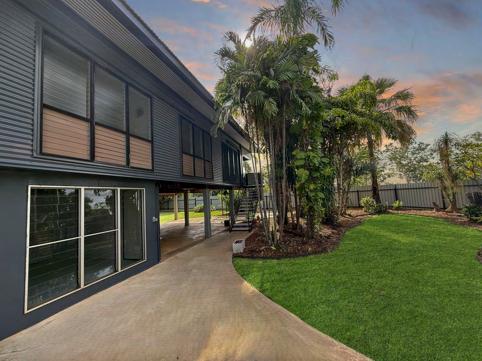


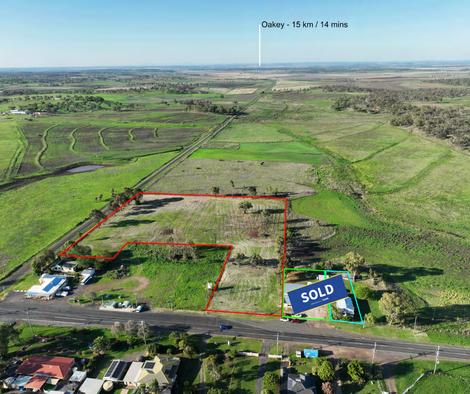











In this edition, we’re recapping the key updates and milestones from May, while also taking a moment to reflect on how the first half of the year has shaped up for property management.
May was a big month for Queensland Investors! From 1 May 2025, the new rental laws in Queensland introduced several key changes: entry notice periods have increased to 48 hours, and entry is limited to twice per week after a Notice to Leave is issued. All rental applications must use the new standardised Form 22 or R22, with at least two submission options provided. Property managers must now disclose any financial benefits tied to rent payment methods, and stricter rules apply to collecting and storing personal tenant information. Tenants also have a formal process (Form 23) to request fixtures or structural changes they wish to make to the property with landlords required to respond within 28 days.
As we step into June, it's hard to believe we're already halfway through 2025. May was a particularly busy month across the board—from rental law reforms taking effect to the steady movement of the local property market, there's been plenty happening behind the scenes.
Whether it's navigating new legislation, preparing for tax time, or supporting both tenants and landlords through change, it's been a season of progress, adjustment, and opportunity.
How can we be better of assistance? Get in touch today.


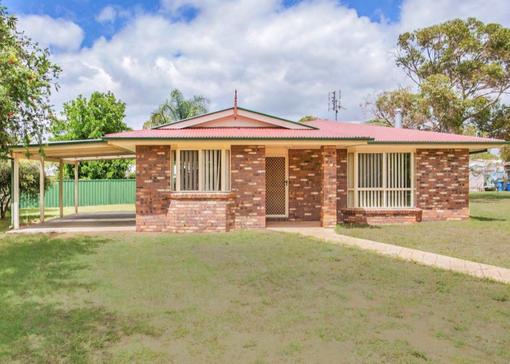
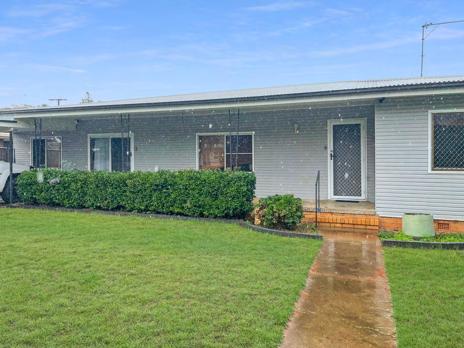
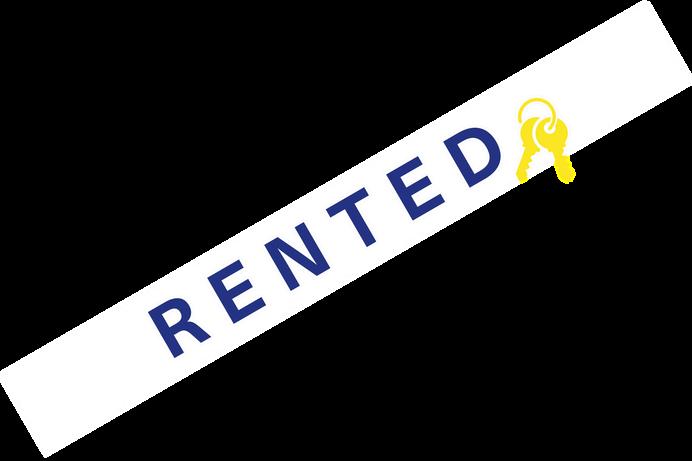

Tax Time Is Fast Approaching – As the end of financial year draws near, now is the ideal time to ensure everything is in order for your investment property. This includes: outstanding invoices maintenance work, or deductions you’d like recorded for your EOFY statements. any expenses or documents you’d like included, please forward them to your Property Manager ASAP.
Did you know your EOFY statement will include a summary of income and expenses for your property, saving you time at tax time? This service is available to all our landlords across Queensland.
We’re here to help make tax season stressfree.
Tax Time Is Here – As June rolls in, it’s a great opportunity to get organised—not just with your tax return, but with everyday things too. If you need a copy of your rental ledger or payment history, we’re more than happy to provide it. And while you’re sorting out the paperwork, now’s also a good time to check in —whether it’s maintenance that needs attention or questions about your lease, we’re here to help make things that little bit easier.
A Tax Depreciation Schedule (TDS), is a must do for any property owner, be it an investment property, commercial or rural property utilised for business purposes. The Income Tax Assessment Act 1997 allows owners of investment properties to claim annual deductions for depreciation on capital works, such as buildings and structural improvements, and capital allowances for items such as plant and equipment, carpet, blinds, hot water system, fencing, landscaping etc.



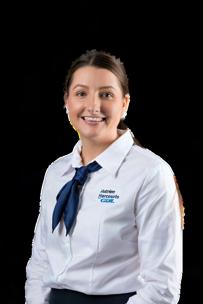



Kelsie Schrag
Real Estate Administration Manager
kelsie.schrag@gdlrural.com.au
Emma Kucks
Real Estate Administration
emma.kucks@gdlrural.com.au Sharon Connolly
Real Estate Administration & Livestock Support
sharon.connolly@gdlrural.com.au









